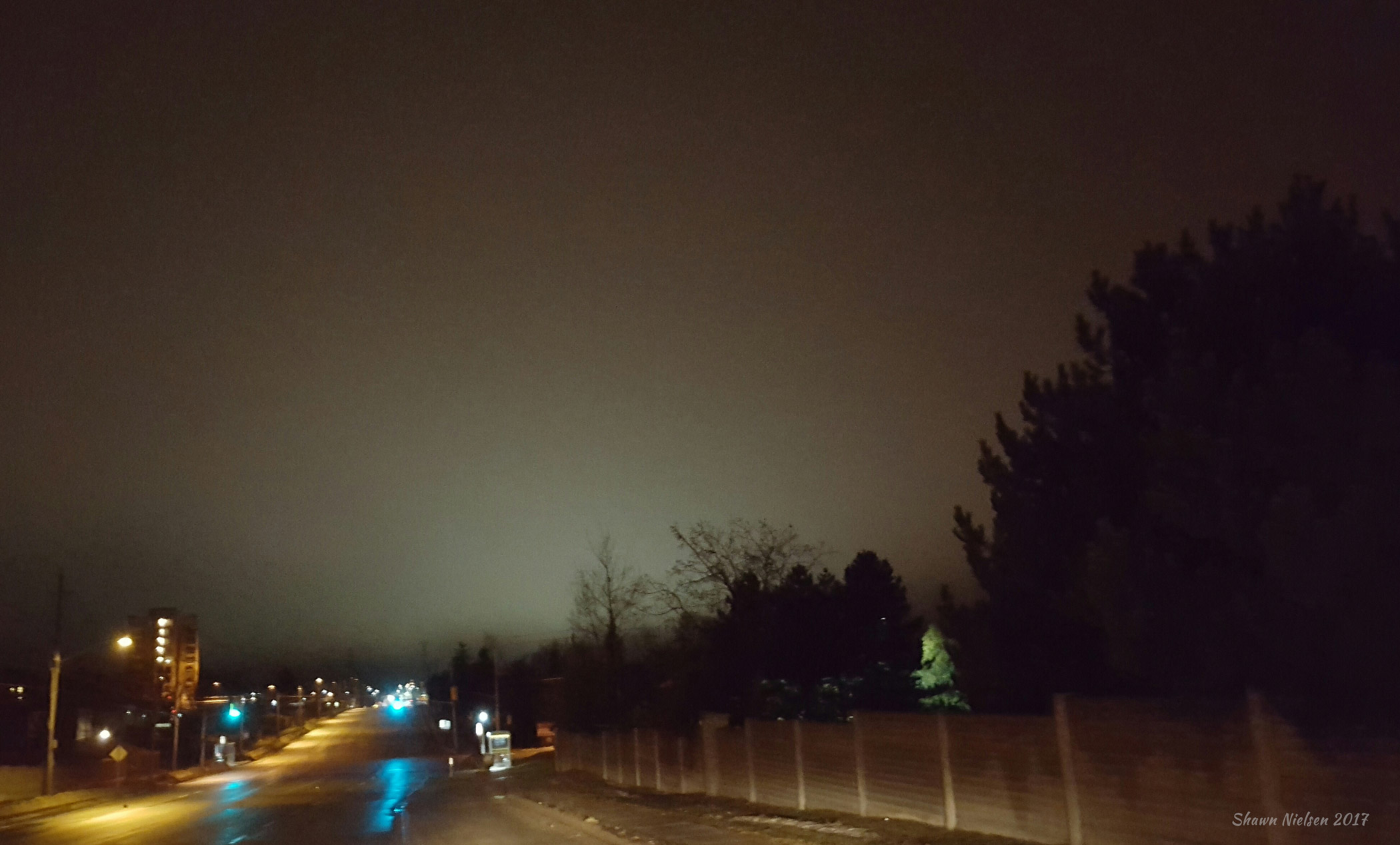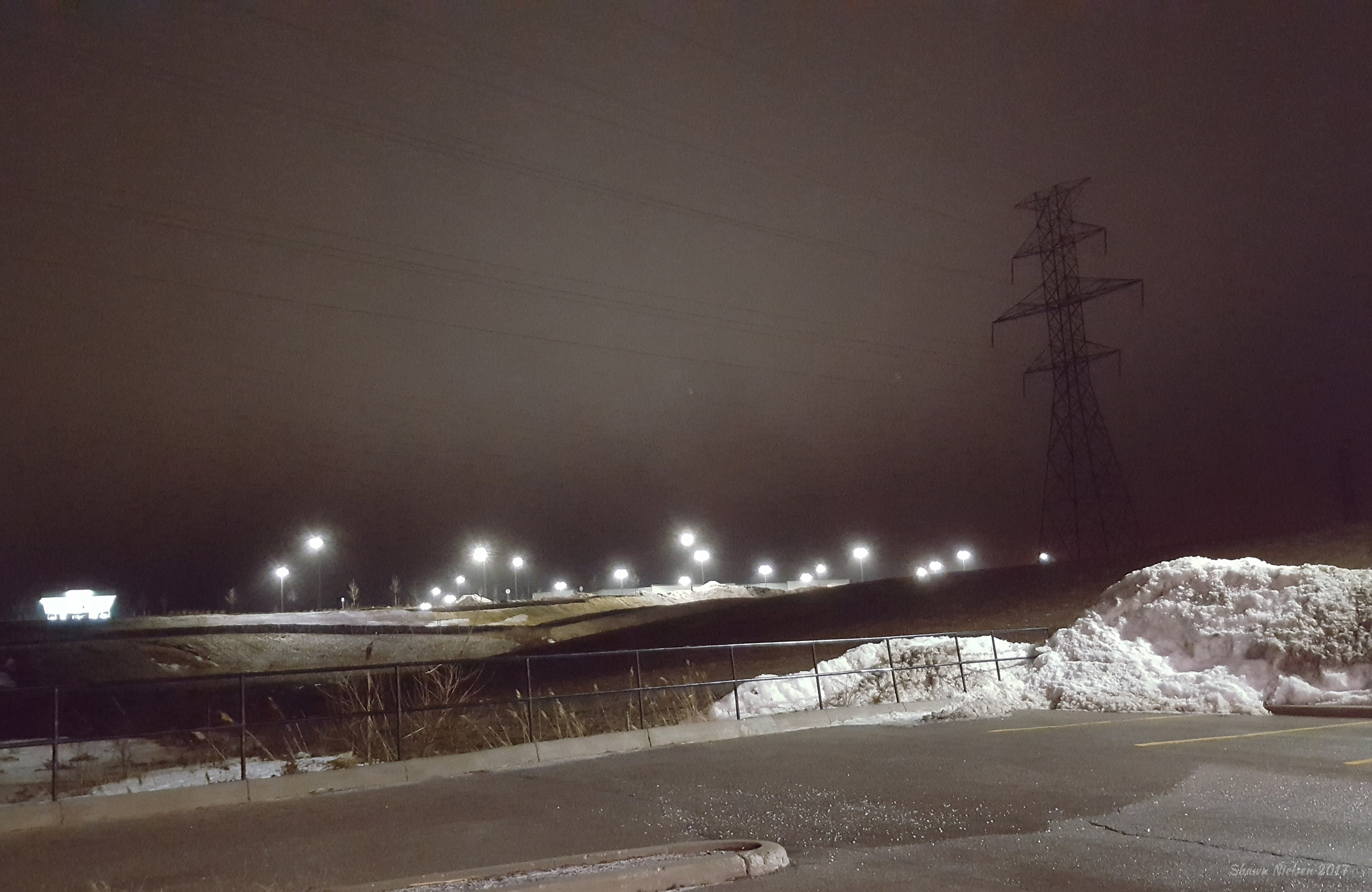No products in the cart.
What if I told you that LED lighting is creating a slew of new environmental problems and making existing problems worse. No, that can’t be right, I’m saving the planet by using LED! Well not so fast.
The switch to LED outdoor lighting is fast becoming a cancer spreading across our night environment.
The problem is partly due to lighting industry hype and not providing clear enough information to consumers about the impacts of their white light. It is also partly due to businesses and home owners not fully understanding lighting, using excessive amounts and not being aware that some lighting is harmful to our environment and to us humans.
Sadly in my years of light abatement work, I have found even lighting designers, engineers and electricians, credited professionals, are in many cases unfamiliar with what proper lighting is when it comes to consideration of our delicate nocturnal environment we all depend on, even humans.
Worth repeating again: if your city’s sustainability plan doesn’t address light pollution, your city is NOT ‘sustainable’. – Dr. John Barentine, International Darksky Association
In the photos above that I took, full cut off LED parking lot lights at a large box store retailer are creating a large amount of skyglow over Waterloo, Ontario. The clouds help to show just how much light is being reflected off the ground and back up into the night sky.
In my nearly 10 years of experience with light pollution, the skyglow shown in the photo above is what I would expect to see from a small city, not a business parking lot. Very troubling to see.
While it is good that the lights are full cut design, this does not prevent them from creating light pollution when high Kelvin (5000K) white light is used and the brightness is very excessive. The parking lot is being lit up like ball park stadium with white LED. In this case the powerful white light bounces off the ground and is sent up into the night sky. This is called “ground reflection” in lighting terms and is a known contributor to light pollution.
The photos above are an excellent example of how LED is not necessarily better when implemented wrong. How they don’t automatically reduce light pollution as is often claimed by lighting suppliers, industry and elected officials.
White light LED has a strong blue light component that more easily scatters in our atmosphere leading to terrible amounts of skyglow like the photos above show.
What’s going wrong with LED lighting use?
LED is good, when it’s done right. The problem is more often than not, it is being implemented wrong using overly powerful white light LED (rich in blue light). This is the type of light which harms our night environment and ecology. Combine this with over-lighting and lights that are not properly shielded, it makes matters even worse.
Elected officials in many cases just don’t care or so it seems with their lack of interest on the topic. Tell them over and over again about this growing problem and it just gets swept under the rug.
We’ve all heard the hype, how LED can save energy and money. Sounds wonderful. But we must also consider that new environmental problems are being created by this technology.
More light does not equal more safe; that is false notion. This idea that it keeps us safe is merely born out of our fear of the dark, instilled in us from childhood by well-meaning parents who were taught the same. Misinformation and a lack of understanding by the media and in some cases by public officials are also to blame for this.
No one is saying not to use light at night, just use the right type of light
There is so much information readily available from credible sources about white light LED I fail to understand why they keep approving and installing this type of lighting in cities. The concerns about white light LED were being discussed as far back as 2010 – it’s 2017 now.
When it comes to new developments, the choice of lighting and intensity should be a very important part of the planning process. Cities should be restricted lighting that knowingly causes environmental harm to people and ecology on a whole.
This brightening of our night time has been linked to many negative effects on people’s health, wildlife, plant species and even air quality. We must be more mindful that using to much light and leaving lights on all night long is wasteful, not needed and not good for our environment.
With more lights being added every year by cities it’s been estimated that on average light pollution is growing by 5%-6% each year. It’s critical that we start now in changing mindsets about lighting at night and enforcing quality lighting that complies with Official Plans that speak to healthy, livable environments for us.
What can be changed to make it better?
This is really quite simple.
- First, turn down the brightness. More light does make things more safe. In fact it has been shown to be unsafe. Over-lighting leads to glare which actually makes it more difficult for people to see.
- Dim or turn off unnecessary lighting over night. Is it really an energy savings or good for our environment to leave powerful and bright parking lot lights on all night, when customers are at home sleeping and the store is closed? No, it isn’t.
- Use warm white LED. This is 2700K as example and should not exceed 3000K. Higher Kevlins (K) such as 4000K and 5000K should be disallowed since theye similar to daytime lighting and cause damage to our nocturnal environment.
These key points, as simplistic as they are, should be a part of every cities and every towns urban design manual and environmental strategies.
Be thoughtful of the night
You wouldn’t leave your garden hose on all night running water would you? Simply because LED is cheaper does not mean we should be using more. That’s wasteful and defeats the energy savings as well as much of the environmental good you think you are doing.
Photos taken January 25th, 2017.

My story began more than 40 years ago looking up at the Moon with a small telescope my Father had. Encouraged by my parents, who bought me my very own telescope, a 4.5″ reflector, I began to explore the night sky from my family home backyard. Today I do astrophotography from my home in Kitchener, Ontario and also with remote telescopes located in New Mexico and Australia. Some of my images have won awards and have been featured online and in magazines.




Leave a comment...